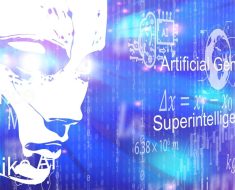
Autism Spectrum Disorder (ASD) is a complex neurodevelopmental condition characterized by altered brain connectivity and function. In this study, we employed advanced bioinformatics and explainable AI to analyze gene expression associated with ASD, using data from five GEO datasets. Among 351 neurotypical controls and 358 individuals with autism, we identified 3,339 Differentially Expressed Genes (DEGs) with an adjusted p-value (≤ 0.05). A subsequent meta-analysis pinpointed 342 DEGs (adjusted p-value ≤ 0.001), including 19 upregulated and 10 down-regulated genes across all datasets. Shared genes, pathogenic single nucleotide polymorphisms (SNPs), chromosomal positions, and their impact on biological pathways were examined. We identified potential biomarkers (HOXB3, NR2F2, MAPK8IP3, PIGT, SEMA4D, and SSH1) through text mining, meriting further investigation. Additionally, we shed light on the roles of RPS4Y1 and KDM5D genes in neurogenesis and neurodevelopment. Our analysis detected 1,286 SNPs linked to ASD-related conditions, of which 14 high-risk SNPs were located on chromosomes 10 and X. We highlighted potential missense SNPs associated with FGFR inhibitors, suggesting that it may serve as a promising biomarker for responsiveness to targeted therapies. Our explainable AI model identified the MID2 gene as a potential ASD biomarker. This research unveils vital genes and potential biomarkers, providing a foundation for novel gene discovery in complex diseases.
Keywords:
Artificial Intelligence; Autism spectrum disorder; Multi-omics; Pathway Enrichment Analysis; SHapley Additive exPlanations; Single nucleotide polymorphism.



